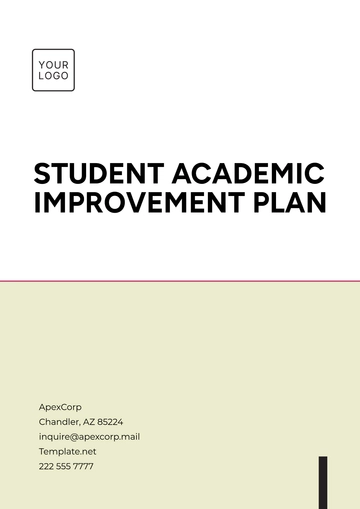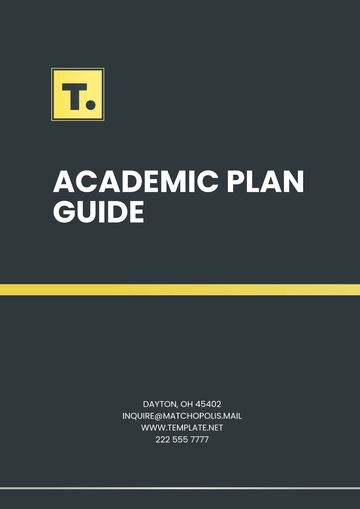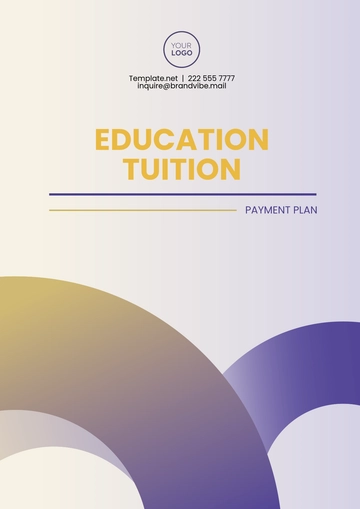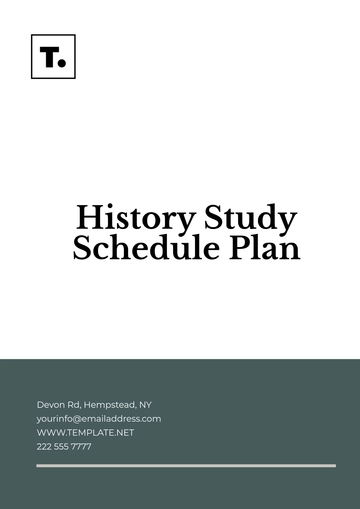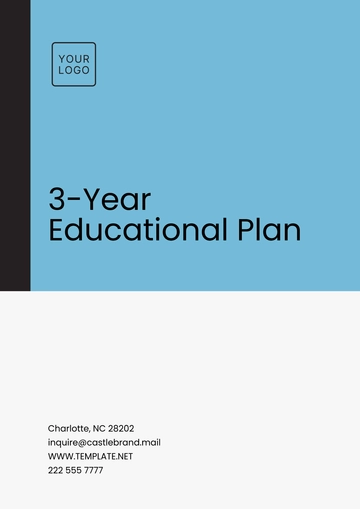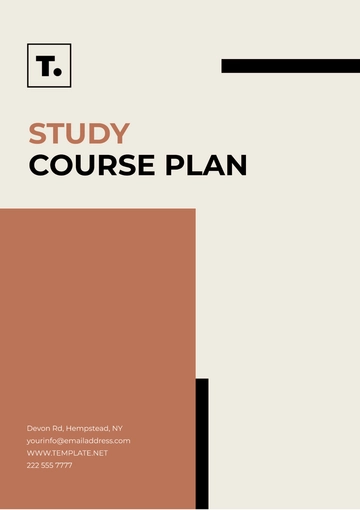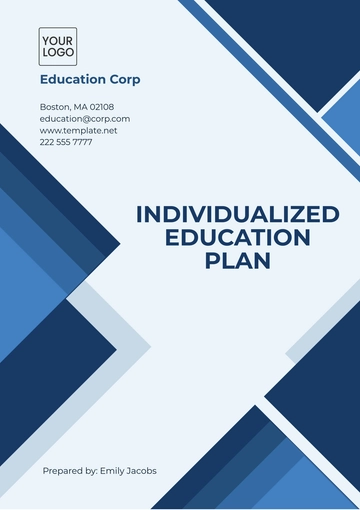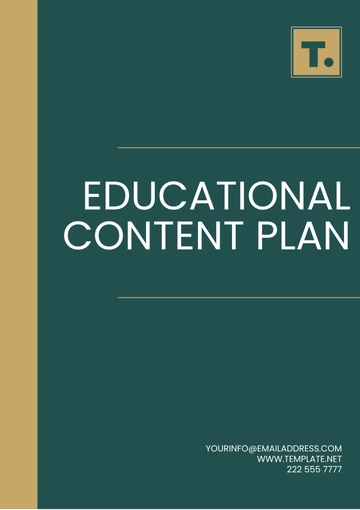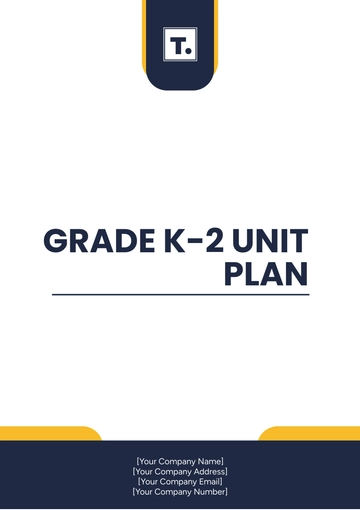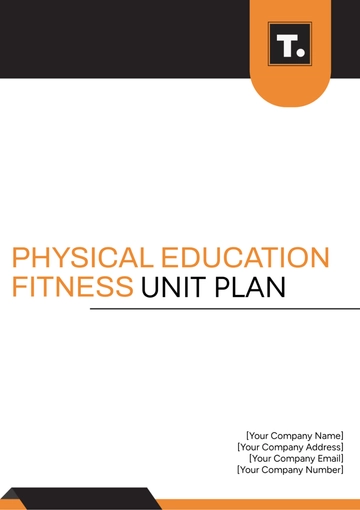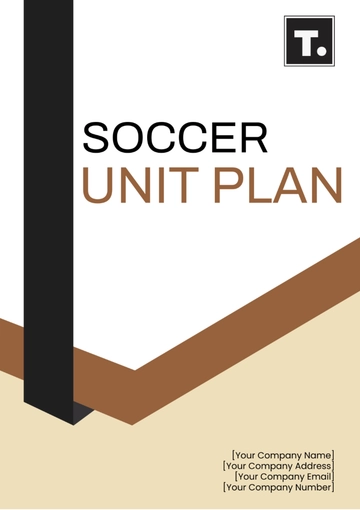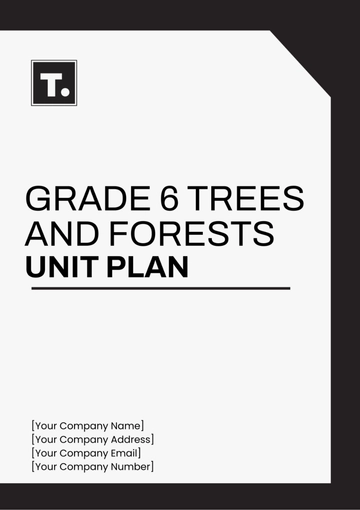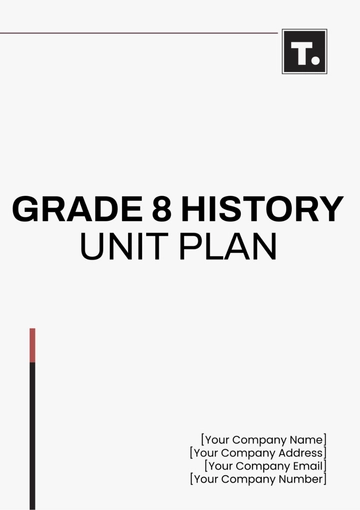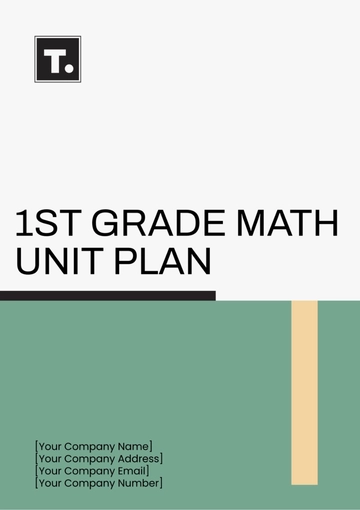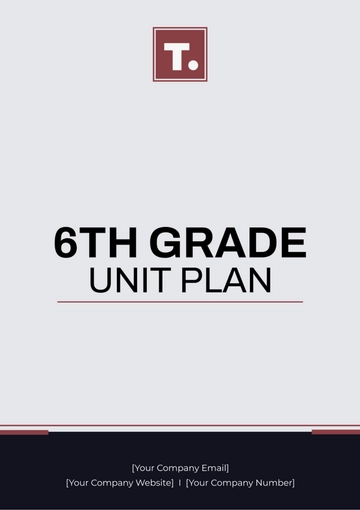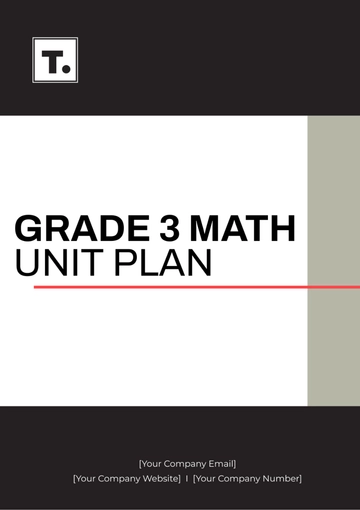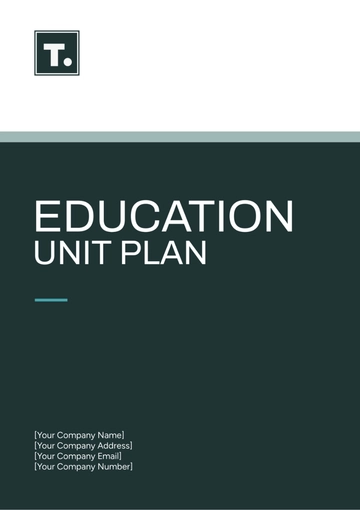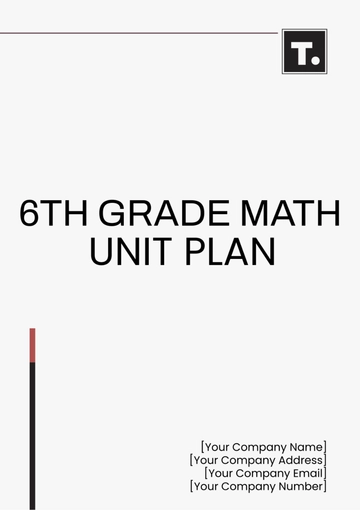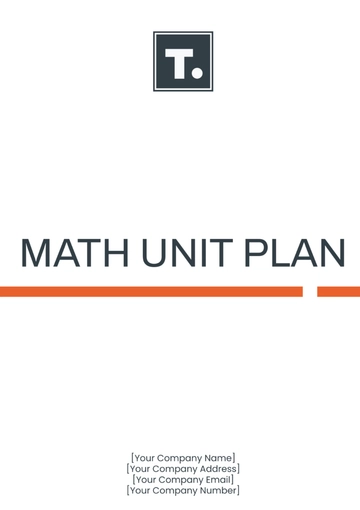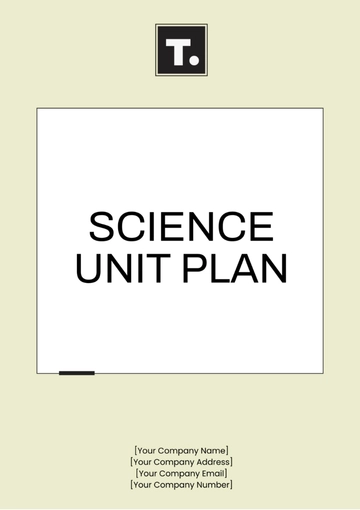Free Volleyball Unit Plan
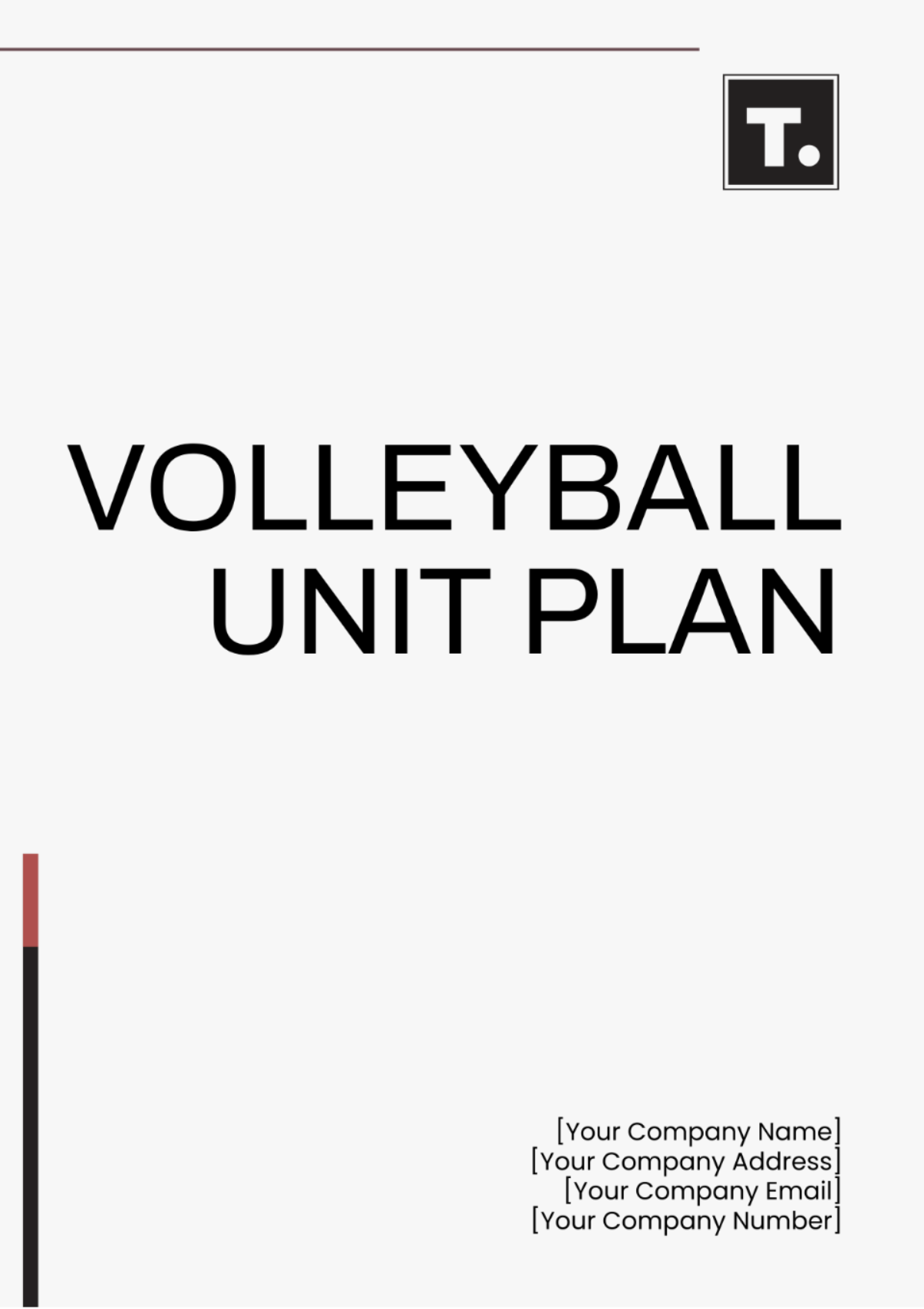
Prepared by: | [Your Name] |
Subject: | Physical Education |
Topic: | Volleyball Fundamentals and Techniques |
Date: | [Date] |
I. Unit Overview
This volleyball unit aims to introduce students to the fundamental skills, rules, and strategies of volleyball. Students will learn and practice serving, passing, setting, hitting, and blocking. By the end of the unit, students should be able to understand and demonstrate basic volleyball techniques and participate in a game setting.
II. Learning Objectives
Understand the rules and objectives of volleyball: Students will grasp the fundamental rules and objectives of volleyball, including scoring, court dimensions, and basic gameplay principles.
Demonstrate correct techniques for serving, passing, setting, hitting, and blocking: Students will be able to perform essential volleyball skills with proper form and technique, including serving, passing, setting, hitting (spiking), and blocking.
Develop teamwork and communication skills within the context of volleyball: Students will cultivate the ability to collaborate effectively with teammates, communicate clearly during gameplay, and understand their roles within a volleyball team dynamic.
Apply strategies for effective play during volleyball games: Students will learn and implement strategic approaches to volleyball, including positioning, offensive and defensive tactics, and adapting gameplay based on opponent strengths and weaknesses.
III. Standards Alignment
This unit aligns with the following state and national standards for physical education:
Standard | Description |
|---|---|
State Standard 1 | Demonstrates competency in a variety of motor skills and movement patterns. |
State Standard 2 | Applies knowledge of concepts, principles, strategies, and tactics related to movement and performance. |
National Standard 1 | The physically literate individual demonstrates competency in a variety of motor skills and movement patterns. |
National Standard 2 | The physically literate person uses knowledge of movement and performance concepts, principles, strategies, and tactics. |
IV. Daily Lesson Plans
Day | Lesson Focus | Activities | Materials Needed |
|---|---|---|---|
Day 1 | Introduction to Volleyball & Basic Rules | -Warm-up exercises -Introduction to volleyball rules and court layout -Basic drills for serving | Volleyballs, net, cones |
Day 2 | Serving Techniques | -Warm-up exercises -Drills focusing on underhand and overhand serving -Partner activities to practice serves | Volleyballs, net |
Day 3 | Passing Techniques | -Warm-up exercises -Drills focusing on bumping and setting -Group activities to practice passing | Volleyballs, net |
V. Assessment Methods
A. Formative Assessment
Observation of skill performance during drills and games: The teacher or coach will assess student performance in volleyball skills like serving, passing, and blocking during drills and games, identifying strengths and areas for improvement through observation.
Verbal feedback and corrections: Teachers and coaches will offer continuous, constructive feedback to students, praising their successes and guiding improvements, to reinforce proper techniques and correct any mistakes quickly.
B. Summative Assessment
Skills test on serving, passing, setting, hitting, and blocking: Students will be formally assessed on core volleyball skills through structured tests, including serving, passing, setting, hitting, and blocking exercises.
Written test on volleyball rules and strategies: Students will take a written exam assessing their understanding of volleyball rules, regulations, and strategic concepts. This test may include questions on scoring, court dimensions, player positions, game strategies, and other relevant topics.
Participation in a full game of volleyball focusing on team strategy and communication: Students will participate in a full volleyball game to demonstrate their skills and strategic team play, with a focus on communication and adaptive tactics. This match serves as a comprehensive assessment of their ability to combine technical proficiency with strategic and cooperative gameplay.
VI. Resources
A. Equipment
Volleyballs: Standard equipment for volleyball practice and gameplay.
Nets: Essential for setting up the volleyball court for gameplay and drills.
Cones: Used for marking boundaries, drill stations, and other instructional purposes.
Whistles: Helps coaches facilitate transitions between activities and signal instructions during gameplay.
B. Printed Materials
Rules Handouts: Printed documents outlining the rules and regulations of volleyball for reference and study.
Skill Technique Sheets: Printed guides detailing proper techniques for serving, passing, setting, hitting, and blocking, serving as visual aids during instruction and practice sessions.
C. Online Resources
Access to a library of instructional videos hosted on the [YOUR COMPANY WEBSITE], offering visual demonstrations and explanations of volleyball techniques, drills, and strategies. These videos supplement in-person instruction and provide additional resources for students and coaches to enhance their understanding and skills development in volleyball.
VII. Additional Notes
Ensure that students are paired or grouped differently each day to promote team-building and ensure that all students get a chance to work with various peers.
Encourage students to reflect on their performance and set personal goals for improvement throughout the unit.
- 100% Customizable, free editor
- Access 1 Million+ Templates, photo’s & graphics
- Download or share as a template
- Click and replace photos, graphics, text, backgrounds
- Resize, crop, AI write & more
- Access advanced editor
Create dynamic volleyball lessons effortlessly with Template.net's Volleyball Unit Plan Template. Tailored for coaches and educators, this fully customizable and editable template offers versatility in crafting engaging unit plans. Utilize our Ai Editor Tool to adapt and refine your plan, ensuring it aligns with your instructional goals and student needs. Enhance your teaching approach, foster skill development
You may also like
- Finance Plan
- Construction Plan
- Sales Plan
- Development Plan
- Career Plan
- Budget Plan
- HR Plan
- Education Plan
- Transition Plan
- Work Plan
- Training Plan
- Communication Plan
- Operation Plan
- Health And Safety Plan
- Strategy Plan
- Professional Development Plan
- Advertising Plan
- Risk Management Plan
- Restaurant Plan
- School Plan
- Nursing Home Patient Care Plan
- Nursing Care Plan
- Plan Event
- Startup Plan
- Social Media Plan
- Staffing Plan
- Annual Plan
- Content Plan
- Payment Plan
- Implementation Plan
- Hotel Plan
- Workout Plan
- Accounting Plan
- Campaign Plan
- Essay Plan
- 30 60 90 Day Plan
- Research Plan
- Recruitment Plan
- 90 Day Plan
- Quarterly Plan
- Emergency Plan
- 5 Year Plan
- Gym Plan
- Personal Plan
- IT and Software Plan
- Treatment Plan
- Real Estate Plan
- Law Firm Plan
- Healthcare Plan
- Improvement Plan
- Media Plan
- 5 Year Business Plan
- Learning Plan
- Marketing Campaign Plan
- Travel Agency Plan
- Cleaning Services Plan
- Interior Design Plan
- Performance Plan
- PR Plan
- Birth Plan
- Life Plan
- SEO Plan
- Disaster Recovery Plan
- Continuity Plan
- Launch Plan
- Legal Plan
- Behavior Plan
- Performance Improvement Plan
- Salon Plan
- Security Plan
- Security Management Plan
- Employee Development Plan
- Quality Plan
- Service Improvement Plan
- Growth Plan
- Incident Response Plan
- Basketball Plan
- Emergency Action Plan
- Product Launch Plan
- Spa Plan
- Employee Training Plan
- Data Analysis Plan
- Employee Action Plan
- Territory Plan
- Audit Plan
- Classroom Plan
- Activity Plan
- Parenting Plan
- Care Plan
- Project Execution Plan
- Exercise Plan
- Internship Plan
- Software Development Plan
- Continuous Improvement Plan
- Leave Plan
- 90 Day Sales Plan
- Advertising Agency Plan
- Employee Transition Plan
- Smart Action Plan
- Workplace Safety Plan
- Behavior Change Plan
- Contingency Plan
- Continuity of Operations Plan
- Health Plan
- Quality Control Plan
- Self Plan
- Sports Development Plan
- Change Management Plan
- Ecommerce Plan
- Personal Financial Plan
- Process Improvement Plan
- 30-60-90 Day Sales Plan
- Crisis Management Plan
- Engagement Plan
- Execution Plan
- Pandemic Plan
- Quality Assurance Plan
- Service Continuity Plan
- Agile Project Plan
- Fundraising Plan
- Job Transition Plan
- Asset Maintenance Plan
- Maintenance Plan
- Software Test Plan
- Staff Training and Development Plan
- 3 Year Plan
- Brand Activation Plan
- Release Plan
- Resource Plan
- Risk Mitigation Plan
- Teacher Plan
- 30 60 90 Day Plan for New Manager
- Food Safety Plan
- Food Truck Plan
- Hiring Plan
- Quality Management Plan
- Wellness Plan
- Behavior Intervention Plan
- Bonus Plan
- Investment Plan
- Maternity Leave Plan
- Pandemic Response Plan
- Succession Planning
- Coaching Plan
- Configuration Management Plan
- Remote Work Plan
- Self Care Plan
- Teaching Plan
- 100-Day Plan
- HACCP Plan
- Student Plan
- Sustainability Plan
- 30 60 90 Day Plan for Interview
- Access Plan
- Site Specific Safety Plan
